The Street Fighter 5 backlash proves we value quantity over quality
Street Fighter 5’s launch has caused a minor, yet undeniable, outbreak of Internet Video Game Indignation. It’s not an overly serious one. Nothing like the Great Fury Geyser of PS3 Skyrim back in ’11, or the virulent outbreak of Konami Rage Fever late last year. But people are indeed upset about SF5’s lacklustre single-player launch content, and the initially dicey performance of its online servers.
There are certainly criticisms to be made. I know, because I made those exact criticisms in my review this week. But the backlash is getting a bit disproportionate, for my money, with talk being bandied about of SF5 being little more than a paid beta. Street Fighter 5 is not that. What it is, is an incredibly good fighting game with theoretically limitless depth and longevity in vs. multiplayer, which has done a bad job of advertising that fact, as a result of being released a month earlier than it should have been. Possibly in order for its availability to tie into Capcom’s Pro Tour. The core game is stunning, but the peripheral features rounding out the package are rather lacking, and will remain so until they are expanded (for free) in March.
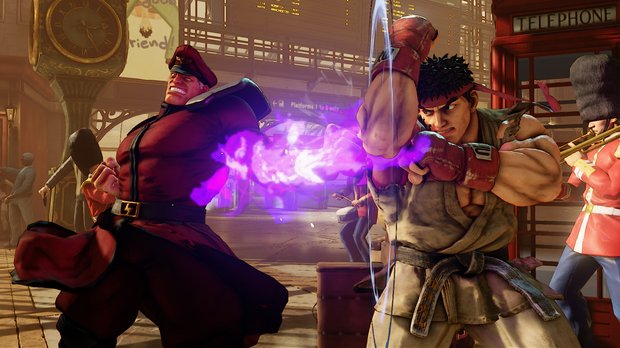
What this does lead us into, however, is the interesting matter of what constitutes the perceived value of a video game in 2016. Because let’s think about Street Fighter 4 for a moment. SF5’s predecessor enjoyed a healthy, eight-year life before being superseded, its immense depth yielding endless discoveries and evolution in play over that period, the majority occurring within the experimental crucible of vs. play. Yes, there were a couple of expansions along the way, but even the vanilla version and starting character roster provided more than enough material for a seriously long tail, both at home and on the competitive pro scene. By any stretch of the imagination, Street Fighter 4 is a good value purchase, yet it’s also a game that initially didn’t deliver a huge amount more material content than SF5 will have by March. So why is Street Fighter 5 being lambasted?
It seems to me that within the current culture of video games – taking in both development and consumption – perceptions of what a game should contain have changed. Perhaps it’s the rise of bullet-point advertising, perhaps it’s the prevalence of 400-hour epics set in gigantic open-worlds, easily quantifiable in terms of square mileage. Whatever the cause, it seems that longevity through volume is a much easier sell than longevity through depth.
If you want an easy worked example, look at the irony of the online FPS. For years, it’s been pretty clear that the big staples of the genre, such as Call of Duty and Battlefield, live by their online multiplayer rather than their campaigns. Many players rattle through the single-player options on day-one, before leaping head-first into the various possibilities for sticking virtual bullets through real human heads, and then happily remain there until the next installment comes along. But launch an FPS that only has multiplayer – however good that FPS might be – and you’re going to have a hard time selling it, on console at least. Ironic, given the once-fashionable chatter about single-player being dead a few years ago, but true all the same.
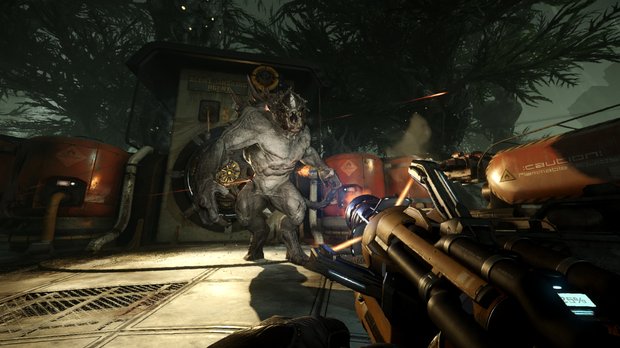
There are many notable casualties of this dynamic. Titanfall was pretty quickly dead after launch. Evolve was very quickly very dead. But the syndrome no longer applies only to shooters. Games with their origins in previous generations, when designs were a little more focused and contained, also seem to be running into problems, and Street Fighter is only the latest to butt heads with the modern perception of video game worth. It seems that if your game is perceived as doing only one thing, even if that thing has vast scope for systemic exploration, you now have to work much harder to impress.
Look at Hitman, for example. The series has been long-lauded, and rightly so, for the immense possibility held within its freeform, systemic assassination simulation, but when relaunching it with last-gen’s Absolution, developer IO seemed to develop a case of – perhaps understandable – stage fright. With stealth games having become increasingly immediate and action-driven since Hitman’s previous high-point in Blood Money, it seemed that confidence in the ability to sell a complex, open-ended simulation – one which required players to engineer their own fun with its tools – was not high. And so in Absolution we got a rather uneasy hybrid, blending sections of classic, non-linear Hitman with much less enjoyable, but more easily comprehensible, linear stab-‘em-ups. The result, unsurprisingly, was a game that satisfied few, regardless of their history with the series.
Sign up to the GamesRadar+ Newsletter
Weekly digests, tales from the communities you love, and more
So what’s the answer? Do you accept the perception of niche appeal, and relegate your older franchises to the realm of the budget, download-only market? That might seem to make sense – many series, once deemed major releases, have successfully gone that way, from the likes of Worms and Bomberman, to the entire adventure genre – but for some of these franchises, that just isn’t an option.
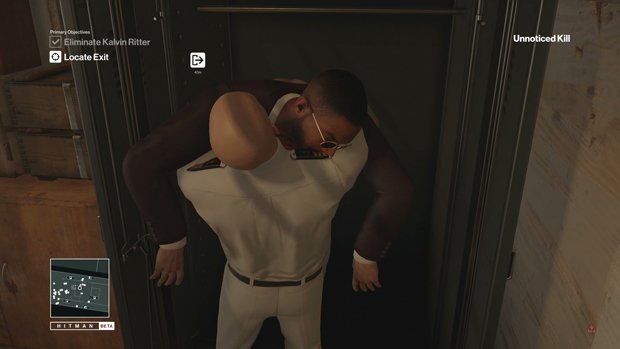
Games like Hitman and Street Fighter may be ‘legacy’ properties, but they’re also legendary names, part of their respective developers’ and publishers’ fundamental DNA and prestige. They have to remain presented as major, AAA events. But there remains a difficult tension between the idealised, sometimes nostalgia-tinged aura of these storied properties, and the commercial realities of the modern gaming market. More so than any other sub-section of video games, if they’re not going above and beyond to fit in and sell their appeal, then they’re not doing enough.
Thankfully for all concerned, it seems that this is becoming understood. The new Hitman’s release strategy might have sounded bizarre at first, but it actually makes a great deal of sense when considered in terms of the challenges facing IO’s bid to reintroduce ‘pure’ Hitman. While the entire game can be bought upfront by those sure to make a long-term investment, it’s also going to be available piecemeal, each new mission environment past the initial starter pack released on a monthly, buy-as-you-wish basis.
This is canny on two different levels. Firstly, it provides an excellent ‘try before you (entirely) buy’ set-up for uncertain players, but more importantly, it creates an environment in which everyone playing Hitman will almost certainly deep-dive into the possibilities afforded by the game’s systems. With a month wait in between each level, and myriad special events and objectives promised along the way, Hitman has the best shot it’s ever going to get of encouraging even the less patient player to explore and discover what the game is really about.
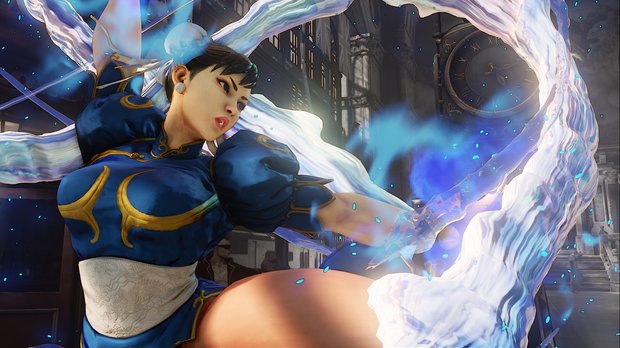
Remember how people complained that Metal Gear Solid: Ground Zeroes could be ‘finished’ in a matter of minutes? Remember how many of us played it for tens of hours regardless? That’s the kind of engagement Hitman is going for, and the kind that it’s entirely capable of earning. It just needs to set out its stall in a way that properly communicates the potential.
In a rather different field – but representing a much more direct comparison to Street Fighter 5 – is Mortal Kombat X. Augmenting the traditional arcade and vs. modes with the persistent, online challenges of its Faction War set-up, the reworked, fully-playable dungeon-crawler presentation of unlockable content in its Krypt, and curated, ever-changing, online Challenge Towers, it also delivers an excellent, deliriously silly, and genuinely compulsive narrative campaign.
That last element, originally conceived for the series’ 2011 reboot, is a stand-out masterstroke. Not only does it provide a meaty, story-driven journey to satiate the desire for campaign play – delivering a real sense of value even in the unlikely event that a player never gets into the vs. side of things – but it’s also a fantastic, ambient training system, its intermittent character switch-ups forcing a deeper and more holistic understanding of the game as a simple matter of how it tells its story.
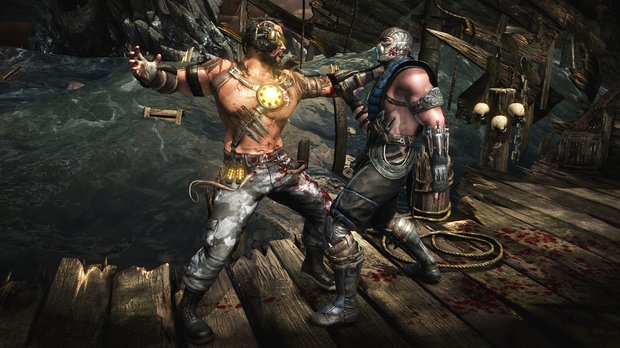
It’s all a wild contrast to Street Fighter 5. The irony is that Capcom’s game, as a piece of pure game design, would be hard to improve. It truly is one of the best crafted, most thoughtfully balanced, most rewardingly nuanced fighting games ever made. But alas, for many, it seems that is not enough, a circumstance that Street Fighter didn’t seem to understand until rather too late in development.
Perhaps Capcom’s long-standing relationship with competitive players skewed its priorities, or perhaps justified faith in the quality of its design blinded it to other demands of the modern market. The June release of Street Fighter 5’s own story mode certainly smacks of a last-minute realisation, as does the month-late launch of its challenge mode, which promises much needed proper training options, daily tasks, and special boss fight scenarios.
When all of these things arrive, the version of Street Fighter 5 they create will indeed be a worthy, packed-out offering that it will be easy to recommend to anyone, without reservation. The quality of the core game will not have changed of course. But then that part never needed to. But the thing is, in 2016, it’s not enough to just have AAA quality. You need to deliver it in a AAA package as well.



